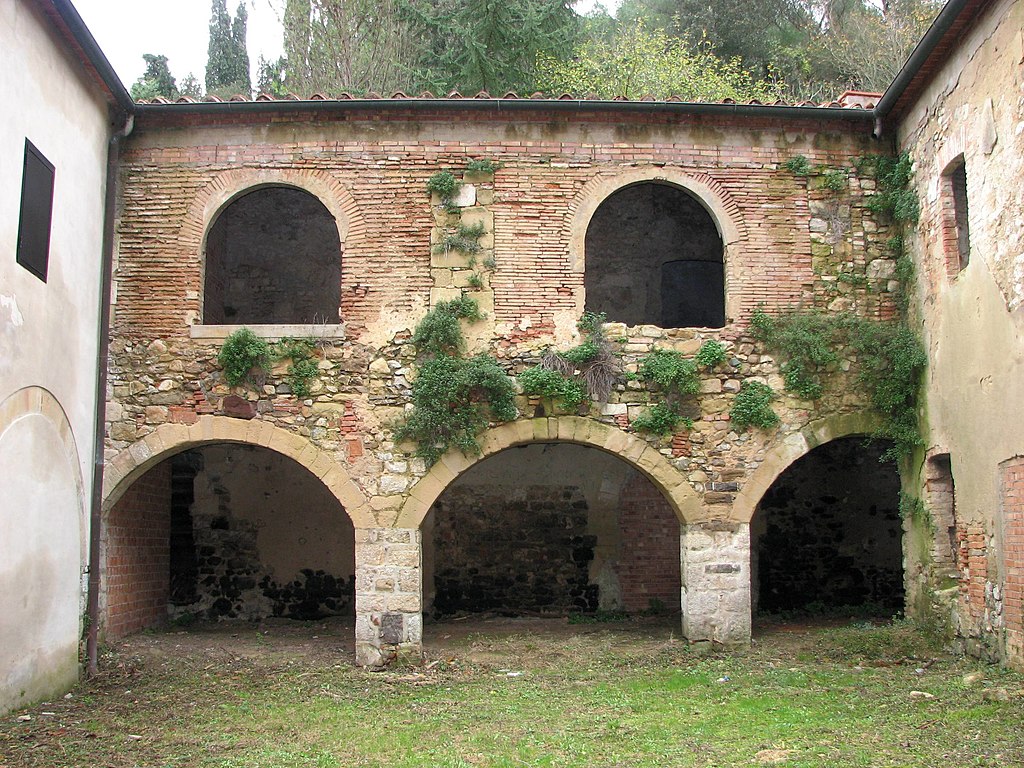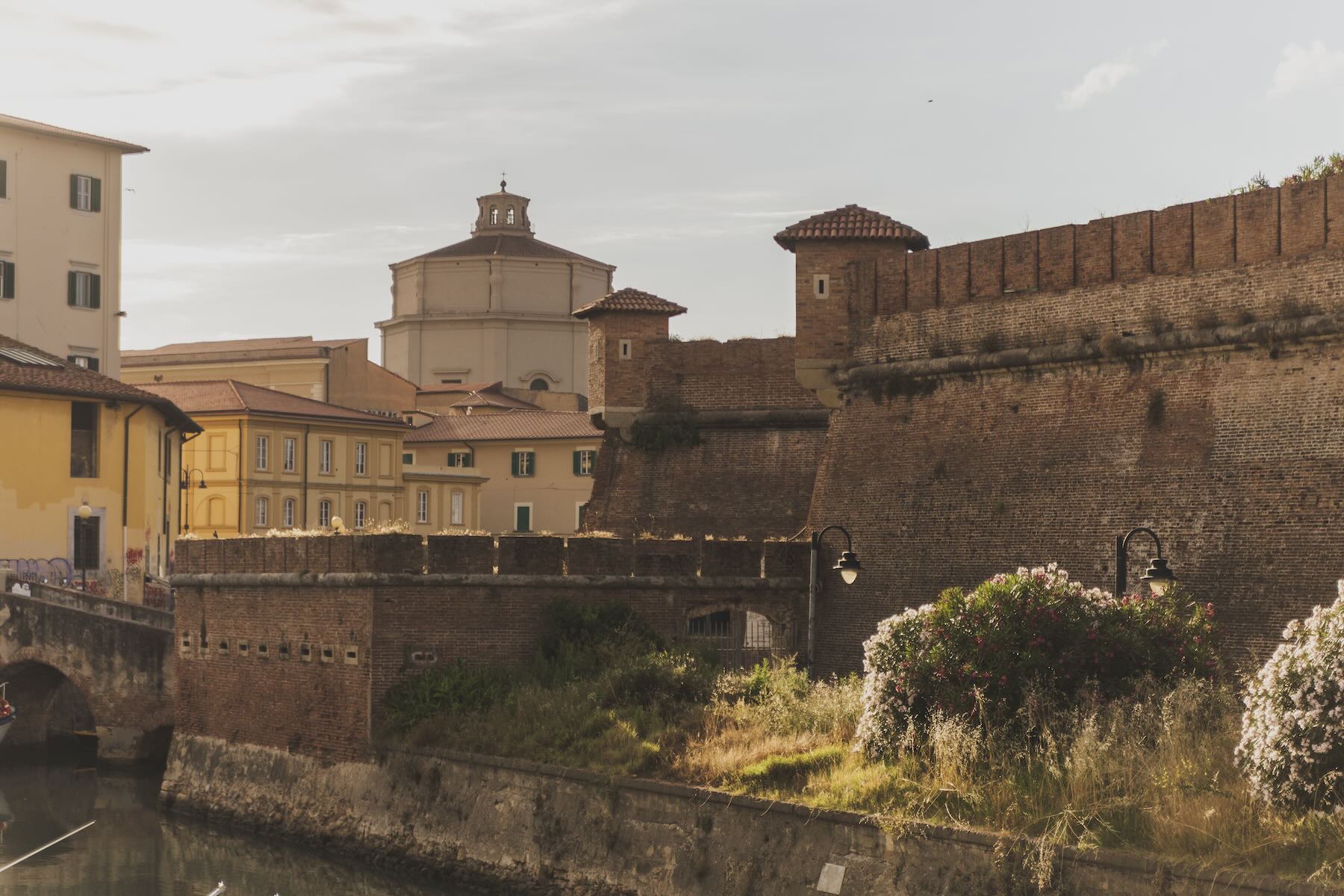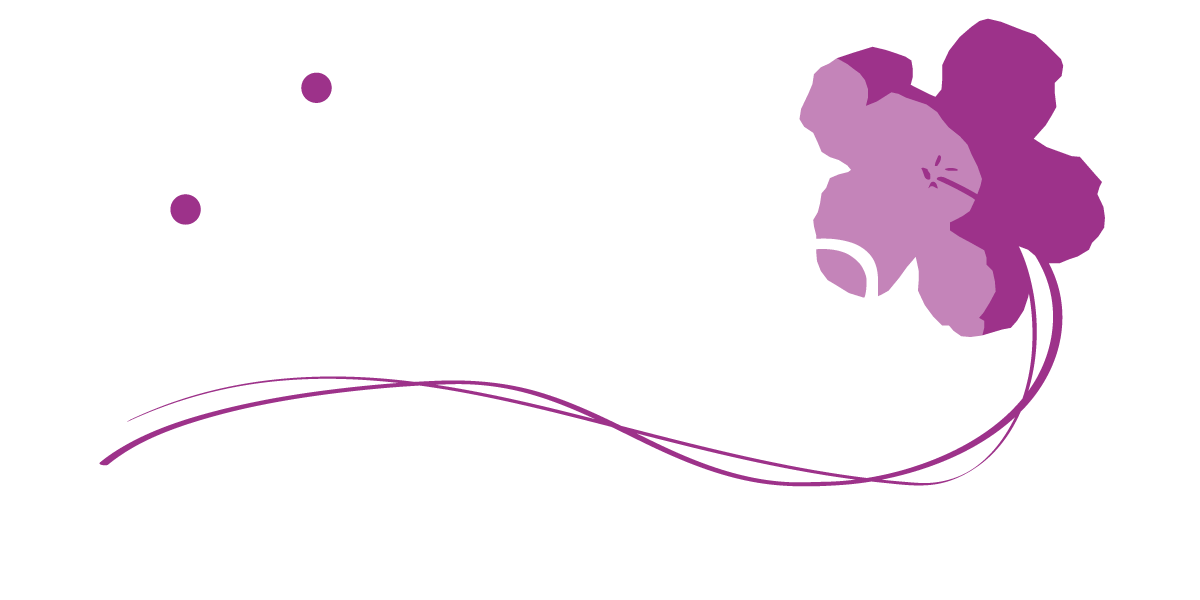Curiosities, culinary culture, and traditions along the Cammino di Santa Giulia
In Livorno, Santa Giulia is celebrated every year on May 22 with a grand boat procession that solemnly transports her image along the Medici canals, known as the “fossi.” The bond between the Saint and the people of Livorno dates back over a thousand years, preceding the city’s rise to the status of a town. Born in Carthage in the 5th century, Giulia was sold into slavery by the Vandals, kidnapped, forced to renounce her Christian faith, tortured, and crucified for her religious beliefs. After her tragic death, her remains traveled for three centuries between Corsica and Gorgona before reaching the shores of Livorno, which was then a small village of farmers and fishermen called Liburna. It was from this Livornese cove that, by order of King Desiderio and his wife Ansa, the Saint’s remains were sent to Brescia. Giulia’s story deeply marked the community of Liburna, so much so that in the 13th century, its inhabitants founded the Archconfraternity of the Blessed Sacrament and Santa Giulia: the “first order” of Livorno’s population, and today the city’s oldest lay association.
Livorno, as we know it today, was founded starting in 1577 by Grand Duke Francesco I de’ Medici. The task of transforming a small seaside port into a true city was entrusted to architect Bernardo Buontalenti, but it was the Livornine Laws, enacted in 1591 and 1593, that created the heart of the local population. In exchange for religious and political freedom, merchants from various origins, languages, and customs arrived in the city and successfully coexisted for over three centuries.

In a seaside city with an eye on the countryside, gastronomic specialties are split between seafood and products from the land. However, they all share a common history: they originated as nourishing, easily preserved, and affordable foods. The quintessential Livornese dish is “Cacciucco,” made from at least twelve different types of fish and shellfish. Octopus, cuttlefish, dogfish, mantis shrimp, mullet, squid, and scorpionfish: the key is that the seafood is fresh and in season. It’s said that the dish was prepared to feed the slaves who built the city’s canals by gathering unsold fish from the docks. The same principle of reuse applies to “Inno di Garibaldi,” a meat-based dish where leftover boiled meat is minced and mixed with potatoes and tomatoes, creating a unique meal that remains a beloved local delicacy. Among the flavors recalling rural traditions is also “Bordatino,” a soup historically prepared on ships and fishing boats using simple ingredients provided by the land.
And what if you’re short on time? Then you can enjoy a “5 e 5,” a historic sandwich also appreciated by the great painter Amedeo Modigliani, named after its original price in lire: 5 cents for bread and 5 cents for chickpea cake.
In Livorno, there’s a historic tradition that links the city to its countryside: that of the “Gabbrigiane.” These women, farmers from Gabbro and the surrounding hills, walked to the market every morning to sell their produce. Evidence of their legacy can still be found inside the Mercato delle Vettovaglie, designed by architect Angiolo Badaloni along Livorno’s Fosso Reale. The Gabbrigiane, who arrived silently and in large numbers at dawn, are represented by eight caryatids that adorn the central hall. The Mercato delle Vettovaglie and the nearby open-air market in Piazza Cavallotti are symbols of Livornese life and are frequented daily by many residents, and not just for their grocery shopping.
The city’s maritime traditions are reflected in the “Gare Remiere” (rowing races) between local neighborhoods. Considered the most folkloric events in the city, they originate from historical events and popular tradition. These races combine sport, passion, and a sense of belonging in four highly anticipated yearly events that are celebrated as major festivals: the “Palio Marinaro,” “Palio dell’Antenna,” “Coppa Risi’atori,” and “Coppa Barontini.”
Other events brighten Livorno’s summer, the most famous being “Effetto Venezia.” Taking place between July and August, a series of performances light up the squares and quays of the Venezia district, along with antique and craft markets. In the hometown of the composer of Cavalleria Rusticana, there could be no shortage of a musical festival celebrating him. Launched in 2020, the Mascagni Festival is a journey through the life and works of Pietro Mascagni, set against the stunning backdrop of the Terrazza Mascagni.




Design by Iperattiva